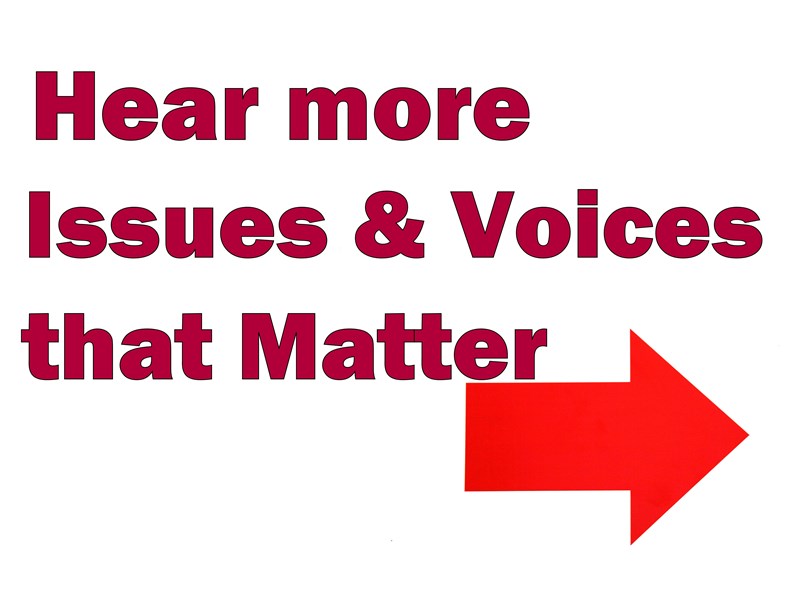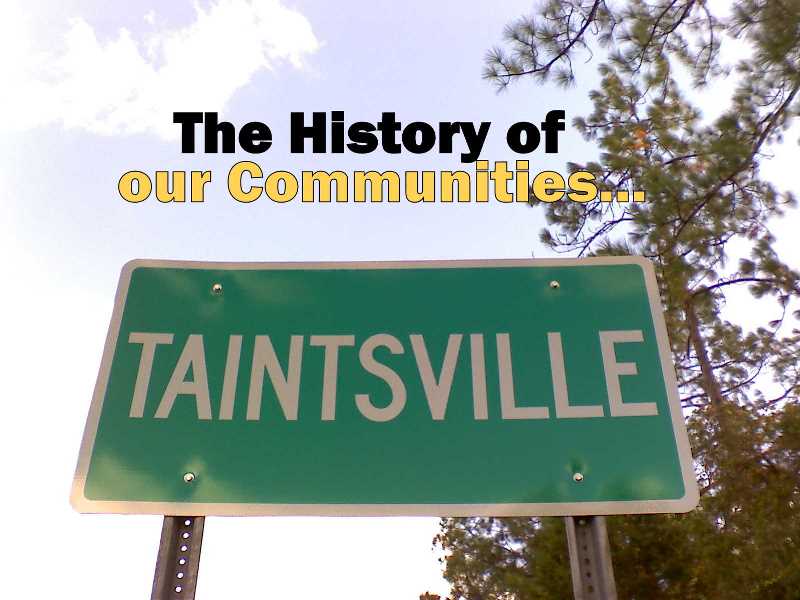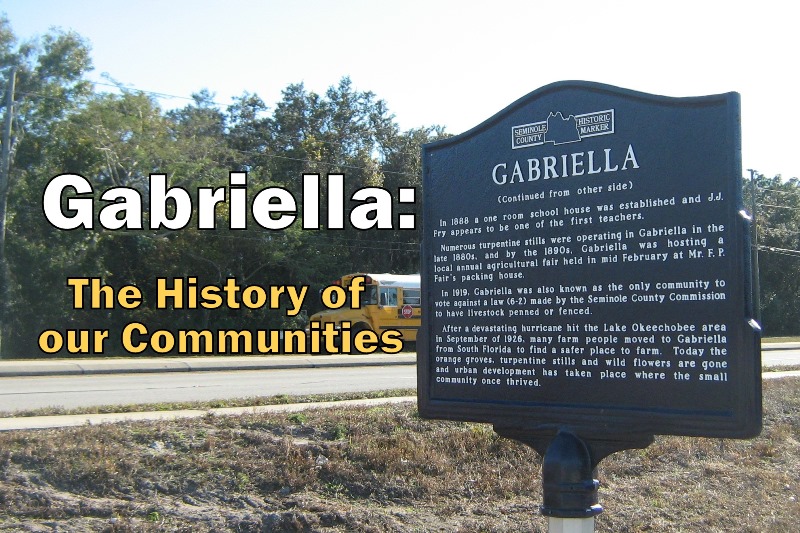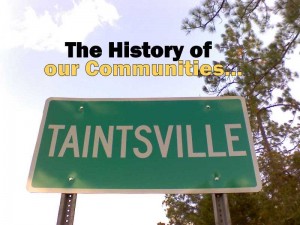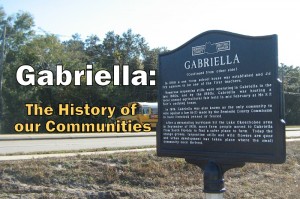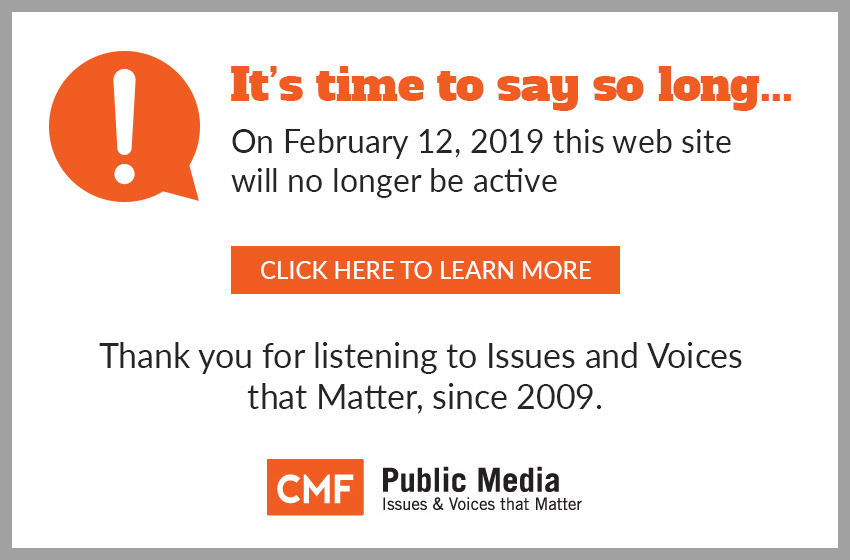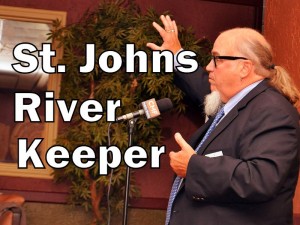
Hear 2011 remarks on the subject of the St. Johns Riverkeeper… offered by the riverkeeper himself – Neil A. Armingeon (length 51:54)
Armingeon speaks for 17-minutes defining the role of a riverkeeper and its historical origins in the state, nation and throughout the world. He cites specific examples of the Riverkeeper’s work and closes with a status report on certain environmental regulations in Florida.
For an additional 21-minutes, Armingeon responds to questions from the audience, which includes a 5-minute statement on the issue of “gray water reuse” by former Altamonte Springs, Fl., mayor Russ Hauck.
At the conclusion of Armingeon’s comments, league vice president Pat Graves calls on league member Pat Burkett to describe a campaign to financially support Seminole County school board’s fiscally threatened Environmental Studies Center. Burkett’s call for action runs about 5-minutes. Links to documents helpful in providing such support are found below.
Principal Speaker
|
Neil A. Armingeon
St. Johns Riverkeeper
|
League Hosts
|
Pat Graves
Vice President, League of Women Voters of Seminole County, Fl.
|
Michael Barr
Executive Director of Keep Seminole Beautiful, chair of the league’s environmental committee
|
Links to Environmental Studies Center and donor forms
Event Summary
Written by league member, Susan Squires.
If you care about your community’s resources, says Neil Armingeon, you can no longer afford to stand on the sidelines while policy makers make decisions that affect those resources negatively.
Armingeon is the St. Johns Riverkeeper, head of the non-profit organization that serves as the river’s advocate and watchdog. Armingeon spoke to a crowd of about 30 at the League of Women Voters Seminole County’s Hot Topics gathering April 28.
“Somewhere today,” Armingeon said, “a decision is being made that will impact the future of the St. Johns River. Sadly, the question, ‘How will this affect the health of the river?’ is never asked.”
The legislative session that just concluded, said both he and Mike Barr, executive director of Keep Seminole Beautiful Inc., was one of the most challenging in recent memory for environmentalists and the resources they are trying to protect.
“In all the years I’ve been in the environmental battle,” Barr said, “I don’t think I’ve encountered a more difficult year.”
For example, the Florida Legislature passed bills this session that cut funding for Everglades restoration by an estimated $120 million, eliminate requirements for developers to prove projects are environmentally safe and scrap state mandates that developers help pay for schools, parks and infrastructure.
“What we are seeing,” Armingeon said, “is a wholesale attempt by some in Tallahassee who are controlled by business interests to gut environmental regulations in this state. … We have 400,000 empty homes in Florida and our plan to move the economy forward is to build more homes? Rivers. That’s what we have that people want to see and experience.”
Lawmakers seem to consider protecting Florida’s natural resources a detriment to economic development, rather than an asset.
“We can not afford not to take care of our natural resources,” Armingeon said. “When they are polluted and impaired, when we have fish kills, there is an economic impact.”
Tallahassee is not the only problem facing the environment, Armingeon added. Among other threats to the river are a proposal to discharge wastewater from a Georgia-Pacific paper mill in Putnam County into the St. Johns and Seminole County’s plan to divert 7.25 million gallons a day from the river for drinking water and irrigation. Also, Floridians need to make the connection between what they do in their homes and yards and how their activities affect the water supply and the river.
“There is no magic water supply,” Armingeon said. “We need to do something about water use. Individually, we all use a lot of water. How can we as individuals reduce that?”
Additional Event Pictures
Click on the pictures to enlarge:

